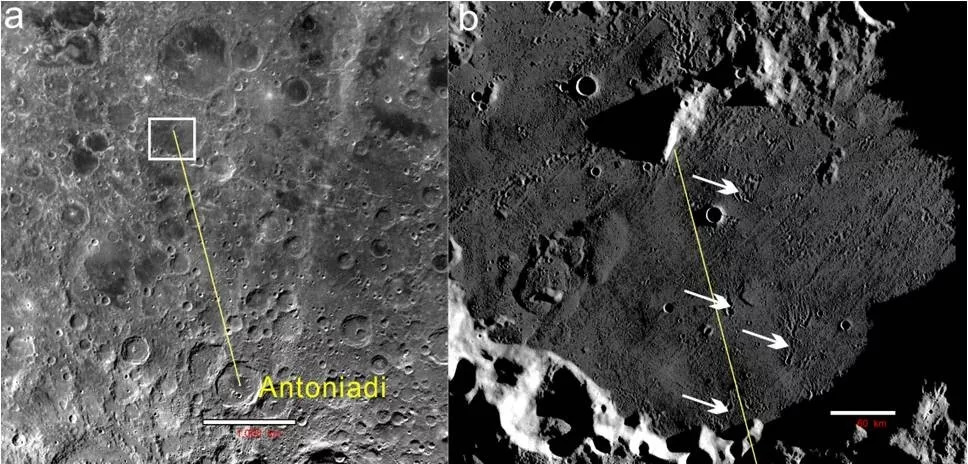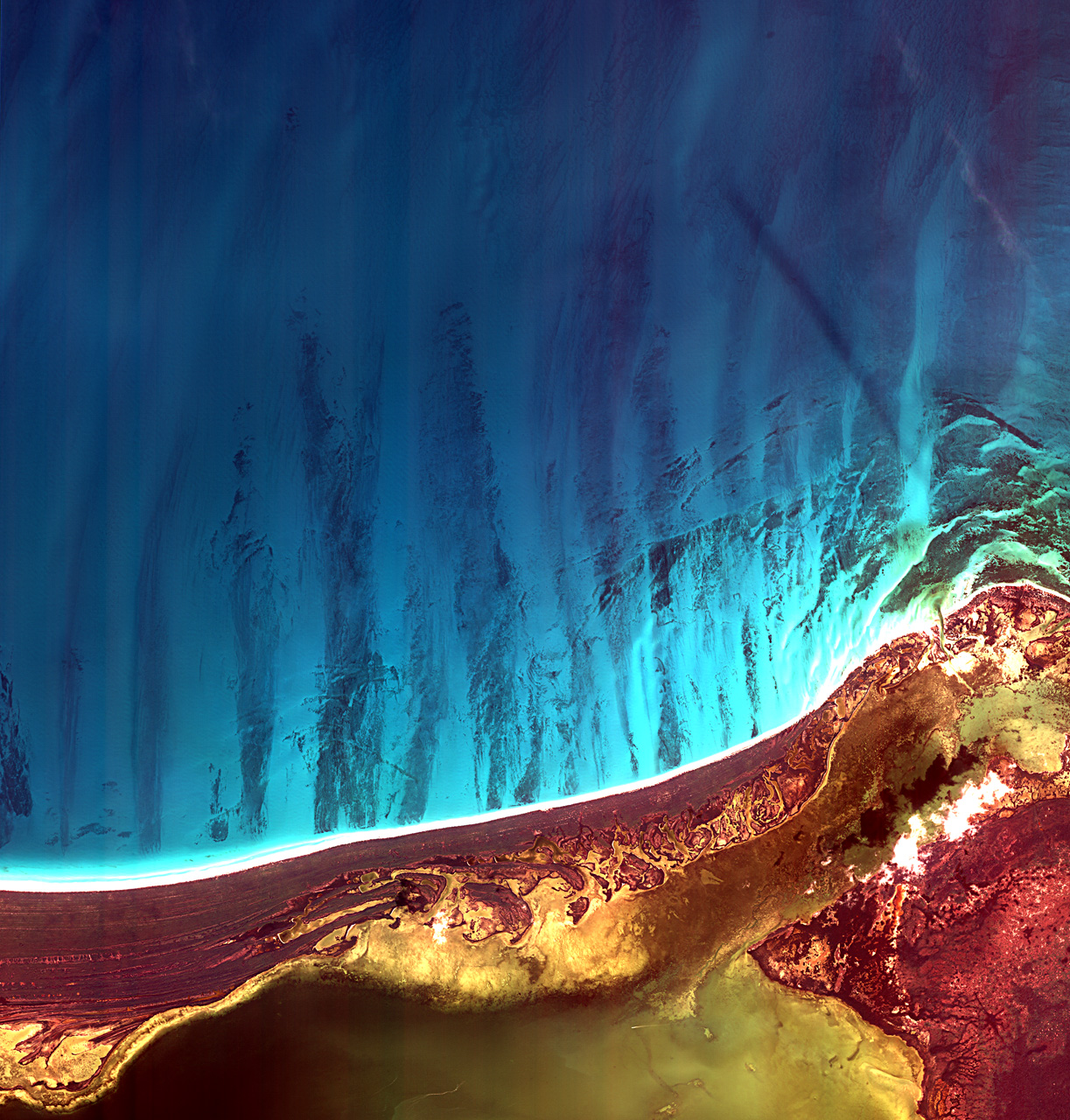This long-lost asteroid impact was so big its debris left more than 30 craters
The find includes dozens of craters spread across southeast Wyoming.

Ricochet from a meteorite impact on Earth created a huge 'field' of craters that so far, we have only seen examples of on other planets.
The unique site in southeast Wyoming has more than 30 craters that were formed about 280 million years ago, researchers said in a new study. The craters were created after a meteorite impact hundreds of miles (or kilometers) away blew boulders of bedrock into the air.
"The trajectories indicate a single source and show that the craters were formed by ejected blocks from a large primary crater," study leader Thomas Kenkmann, a geologist at the University of Freiburg in Germany, said in a statement from the Geological Association of America, which published the new research.
Related: 10 Earth impact craters you must see
"Secondary craters around larger craters are well known from other planets and moons," Kenkmann added, "but have never been found on Earth." Close to home, for example, lunar secondary craters pepper a region of the far side due to the proximity of four source craters: Finsen, Von Kármán L, Von Kármán L' and Antoniadi. (The area came under scrutiny from the Chinese Chang'e 4 moon lander.)
In addition to 31 craters the scientists have firmly identified as secondary features, the team spotted more than 60 other contenders.
When researchers first spotted the zone of craters, they suspected an asteroid (or space rock) had broken up in mid-air and sent rocks crashing into the ground beneath its path. Individual craters range between 32 and 230 feet (10 and 70 meters) in diameter, the researchers said.
Get the Space.com Newsletter
Breaking space news, the latest updates on rocket launches, skywatching events and more!

Further examination showed that several of the craters are clustered in small areas and several are elliptical, rather than circular, which suggested a different origin story for the features.
The craters also appear to be "aligned" along ray-like patterns, suggesting that these are secondary craters all formed by debris flung out around a central, primary crater made by the original impact.
But finding thet source crater will be a difficult task. The team's work suggests the crater is "deeply buried" in sediments, somewhere near the Wyoming-Nebraska border in a region called the Denver basin.

If scientists can ever track it down, they expect the source crater would be roughly 31 to 40 miles (50 to 65 km) across. For comparison, the crater in the Yucatán Peninsula associated with the end of the dinosaurs about three times that diameter, at about 90 miles (150 km) .
All of the secondary craters were due to bits of bedrock that were roughly house-sized, between 13 feet and 26 feet (4 m to 8 m) across, according to the researchers' calculations. The original impactor, they say, could have been more than 1.2 miles (2 km) wide.
A study based on the research was published Feb. 11 in the GSA Bulletin.
Follow Elizabeth Howell on Twitter @howellspace. Follow us on Twitter @Spacedotcom and on Facebook.
Join our Space Forums to keep talking space on the latest missions, night sky and more! And if you have a news tip, correction or comment, let us know at: community@space.com.

Elizabeth Howell (she/her), Ph.D., was a staff writer in the spaceflight channel between 2022 and 2024 specializing in Canadian space news. She was contributing writer for Space.com for 10 years from 2012 to 2024. Elizabeth's reporting includes multiple exclusives with the White House, leading world coverage about a lost-and-found space tomato on the International Space Station, witnessing five human spaceflight launches on two continents, flying parabolic, working inside a spacesuit, and participating in a simulated Mars mission. Her latest book, "Why Am I Taller?" (ECW Press, 2022) is co-written with astronaut Dave Williams.
